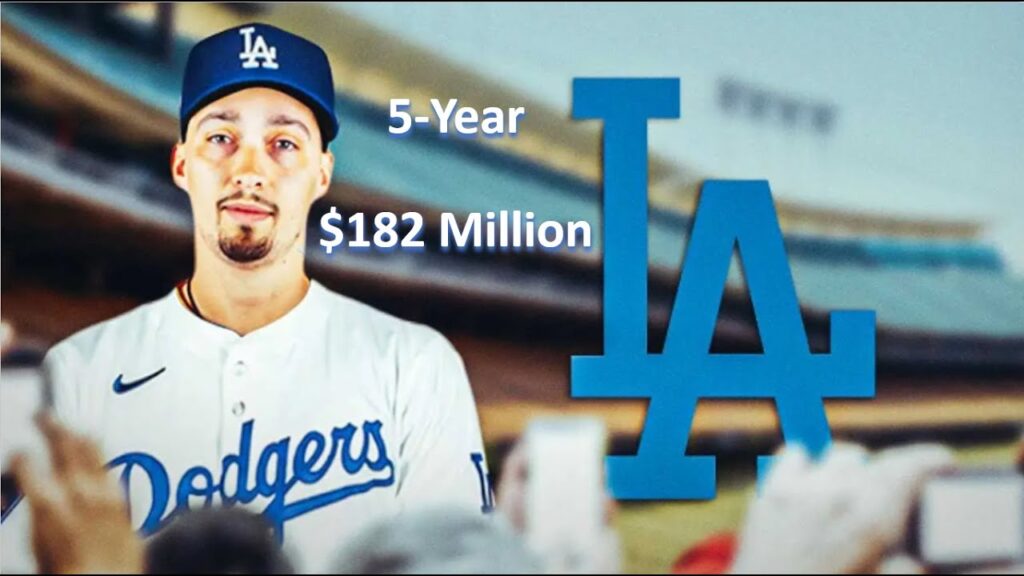
Introduction
The Major League Baseball (MLB) salary cap is a critical subject for fans, teams, and players alike. Unlike other major sports leagues in North America, the MLB has no formal salary cap in place. Instead, teams work with a luxury tax system designed to promote competitive balance. This makes understanding the nuances of player salaries and team budgets essential for comprehending how the league operates and the implications for franchises.
The Current Landscape
As of the 2023 season, MLB teams are operating under an economic model that allows for considerable differences in player salaries. The average MLB salary has increased to around $4.5 million, with some star players earning upwards of $40 million annually. Notably, teams that exceed a designated payroll threshold face monetary penalties through a luxury tax, which is paid to lower-spending teams as part of revenue sharing efforts. In 2023, the first luxury tax threshold is set at $233 million.
This system promotes a level of competitiveness. While larger market teams like the New York Yankees and Los Angeles Dodgers can afford significant salaries, the luxury tax helps to mitigate the financial advantage by redistributing some wealth. Teams like the Tampa Bay Rays have thrived with lower budgets, showcasing the potential for success even in constrained financial environments.
The Debate Around a Formal Salary Cap
Despite the advantages of the luxury tax system, discussions about implementing a formal salary cap have resurfaced. Advocates argue that a hard salary cap could create a more level playing field, increasing competitive balance and fan engagement. Critics, however, point out that the current system has allowed teams to find innovative ways to manage their budgets while still investing in talent.
Negotiations between the MLB Players’ Association and team owners, particularly during collective bargaining agreements, highlight the tensions around financial structures. Players are inclined toward systems that favor their earnings potential, which complicates the possibility of adopting a stricter salary cap.
Conclusion
The future of the MLB salary cap, whether in the form of a hard cap or continued reliance on a luxury tax system, will significantly impact both teams and players moving forward. As the league evolves, fans will be keenly watching how financial frameworks adjust and what that means for player movement, team competitiveness, and overall league dynamics. Awareness of these discussions remains crucial for those invested in the game, providing insight into potential changes that could shape the future of Major League Baseball.



